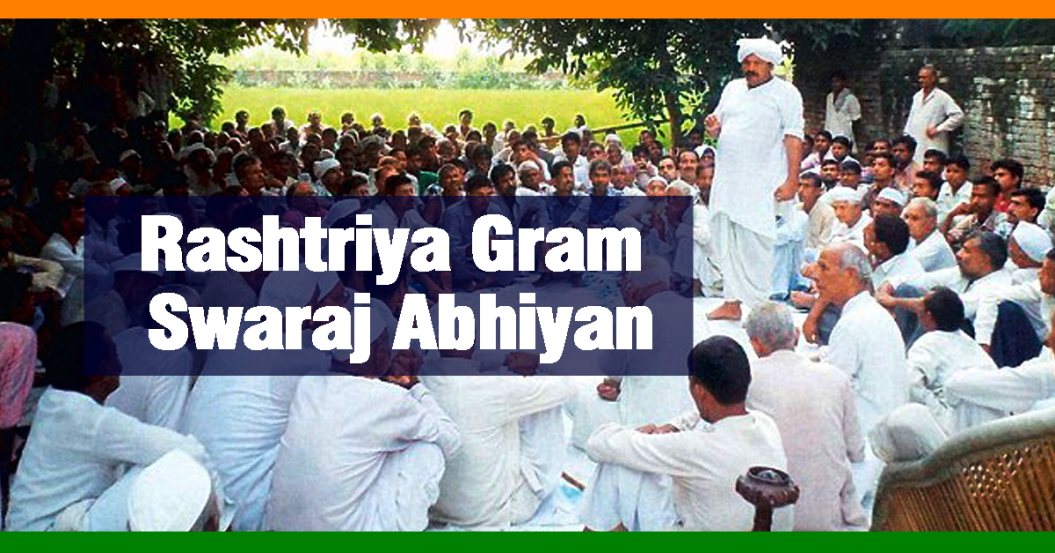Free Courses Sale ends Soon, Get It Now


Free Courses Sale ends Soon, Get It Now



Copyright infringement not intended
Context - The Union Government has approved the continuation of Rashtriya Gram Swaraj Abhiyan (RGSA) from April 2022 to March 2026.
Details
Rashtriya Gram Swaraj Abhiyan
Significance of Rashtriya Gram Swaraj Abhiyan
Step by the Government to promote rural development
https://www.pib.gov.in/PressReleasePage.aspx?PRID=1816362
© 2024 iasgyan. All right reserved